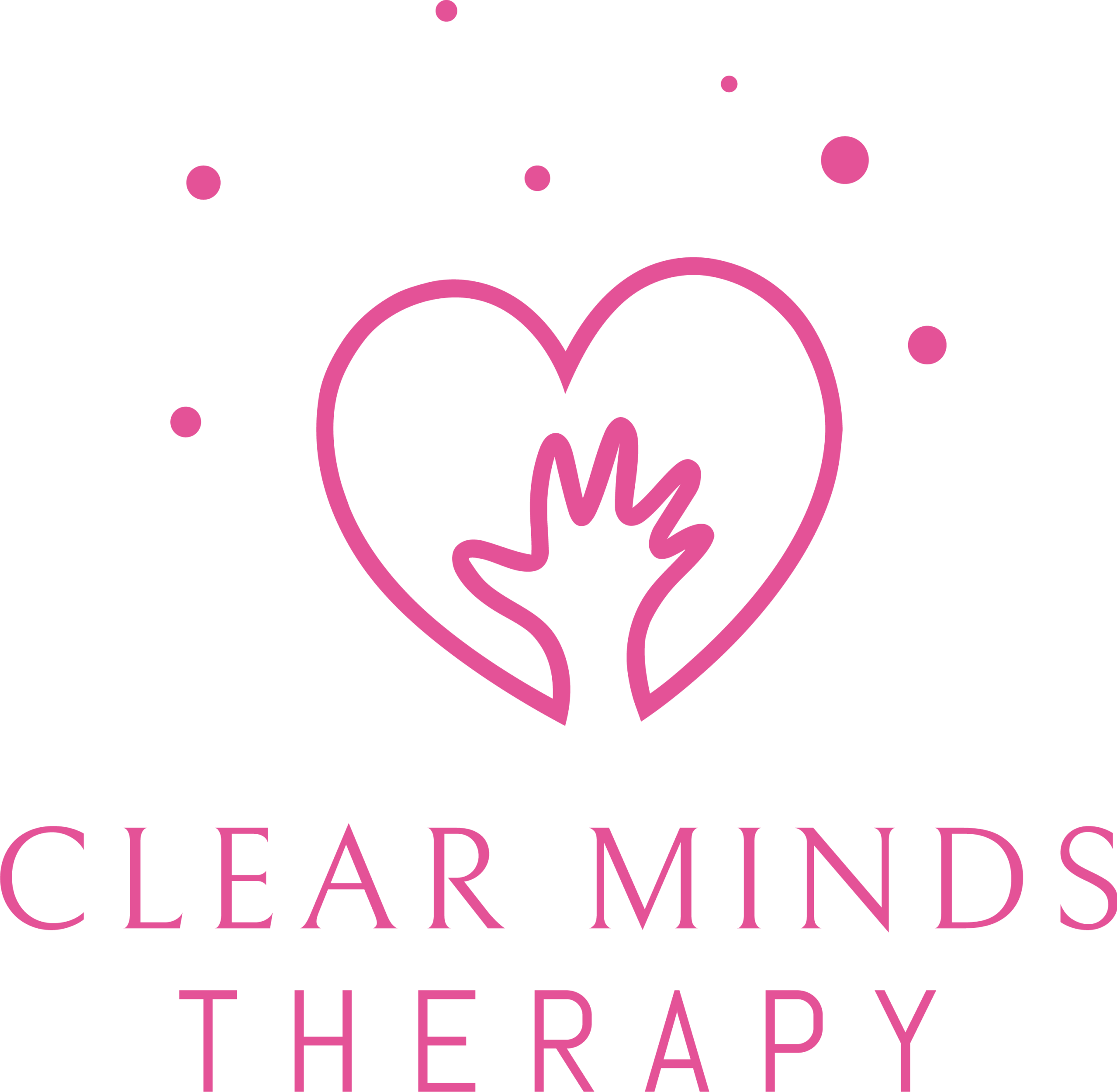Here’s How to Spot It and Protect Your Mind
In today’s always-online world, it’s easy to forget what “unplugging” even feels like. Between work Zoom calls, endless emails, doomscrolling on social media, streaming shows, and even using meditation apps (yes, screens for that too!), we’re constantly bombarded by digital noise.
It’s no wonder more and more people are hitting a wall called digital burnout — and it’s not just mental exhaustion, it’s a full-body experience that messes with your focus, sleep, mood, and even physical health. If you’ve been feeling more tired, more anxious, and strangely numb despite doing “nothing” all day, you might be dealing with screen fatigue, the digital age’s quiet burnout.
Let’s dive into what digital burnout really is, how to spot the signs, and most importantly, what you can do to reclaim your mind.
What Is Digital Burnout?
Digital burnout is a state of mental, emotional, and physical exhaustion caused by prolonged exposure to screens and constant digital interaction. It’s closely linked to information overload, lack of boundaries between work and life, and the never-ending cycle of notifications and pings.
While burnout used to be mostly associated with workplace stress, digital burnout can affect anyone — remote workers, students, creators, parents, and kids.
The Silent Signs of Screen Fatigue
You might not even notice it’s happening because staring at a screen is so normal now. But here are a few red flags:
- Constant tiredness, even after sleep
- Irritability or mood swings
- Dry eyes, headaches, or blurred vision
- Difficulty focusing or zoning out frequently
- Sleep disturbances, especially trouble falling or staying asleep
- Low motivation and a sense of emotional flatness
- Feeling overwhelmed by emails, messages, or even simple tasks
Sound familiar? You’re definitely not alone.
Why Is This Happening Now?
We’re spending more time on screens than ever before. According to recent studies, the average adult spends over 7 hours a day in front of a screen and that’s outside of work hours for many, for children that can be even higher.
What makes it worse?
- Remote work blurred boundaries. For many, “logging off” isn’t a thing anymore — work is just an arm’s reach away.
- Doomscrolling- Constant access we all have to social media content, whether its looking at it or creating it.
- News fatigue. Our brains aren’t wired to process endless bad news. It creates chronic stress, anxiety and desensitisation.
- Multitasking on multiple screens. Watching a show while answering emails? Classic digital overload.
- Lack of downtime. Even relaxation has gone digital. Scrolling TikTok in bed isn’t actually “rest.”
The Brain and Screen Overload
Our brains are constantly switching between tasks, reacting to notifications, and consuming bite-sized information. That’s a lot of processing power used non-stop without breaks. It leads to decision fatigue, reduced attention span, and even affects our short-term memory.
Plus, blue light exposure can mess with melatonin production, making it harder to sleep which creates a vicious cycle of exhaustion.
How to Break the Cycle: Simple, Realistic Steps
You don’t have to toss your phone in the ocean (tempting, though). Small, mindful changes can make a big difference.
- Set Screen Boundaries (and Stick to Them)
- Create “screen-free” zones — like the bedroom or the dinner table.
- Use tools like timers to control how long you’re on apps.
- Try a “tech curfew” an hour before bed.
- Take Regular Breaks — No, Really
- Use the 20-20-20 rule: Every 20 minutes, look at something 20 feet away for 20 seconds.
- Try the Pomodoro technique (25 minutes on, 5 minutes off) to give your eyes and brain a break.
- Swap Scrolling for Real Rest
- Go for a walk, do some light stretching, or just sit outside.
- Breathe. Listen to music. Journal. Anything that doesn’t involve a screen.
- Read a book, draw.
- Audit Your Digital Life
- Which apps drain you vs. energise you? Do a weekly cleanup of your digital space.
- Turn off non-essential notifications. Your brain doesn’t need a dopamine hit every 5 minutes.
- Connect Offline
- Make time for real, in-person connections when you can. Even a short chat with a friend can lift your mood.
Mindful Tech Use: The Future We Need
Technology isn’t the enemy. It keeps us connected, informed, and entertained — but it’s the way we use it that matters. Mindful, intentional screen use can make a world of difference.
You don’t have to go full digital detox, but treating your attention like a limited resource (because it is!) helps preserve your energy and mental clarity.
Final Thought: Protect Your Bandwidth
Think of your brain like a battery — every notification, email, or scroll takes a little juice. Digital burnout happens when you’re constantly draining without recharging.
The solution isn’t about cutting tech out of your life it’s about building digital resilience: learning how to balance online life with real-world rest, space, and presence.
So next time you feel that foggy, fried-brain feeling? It’s not you being lazy. It’s your mind asking for a timeout.
Give it one.

